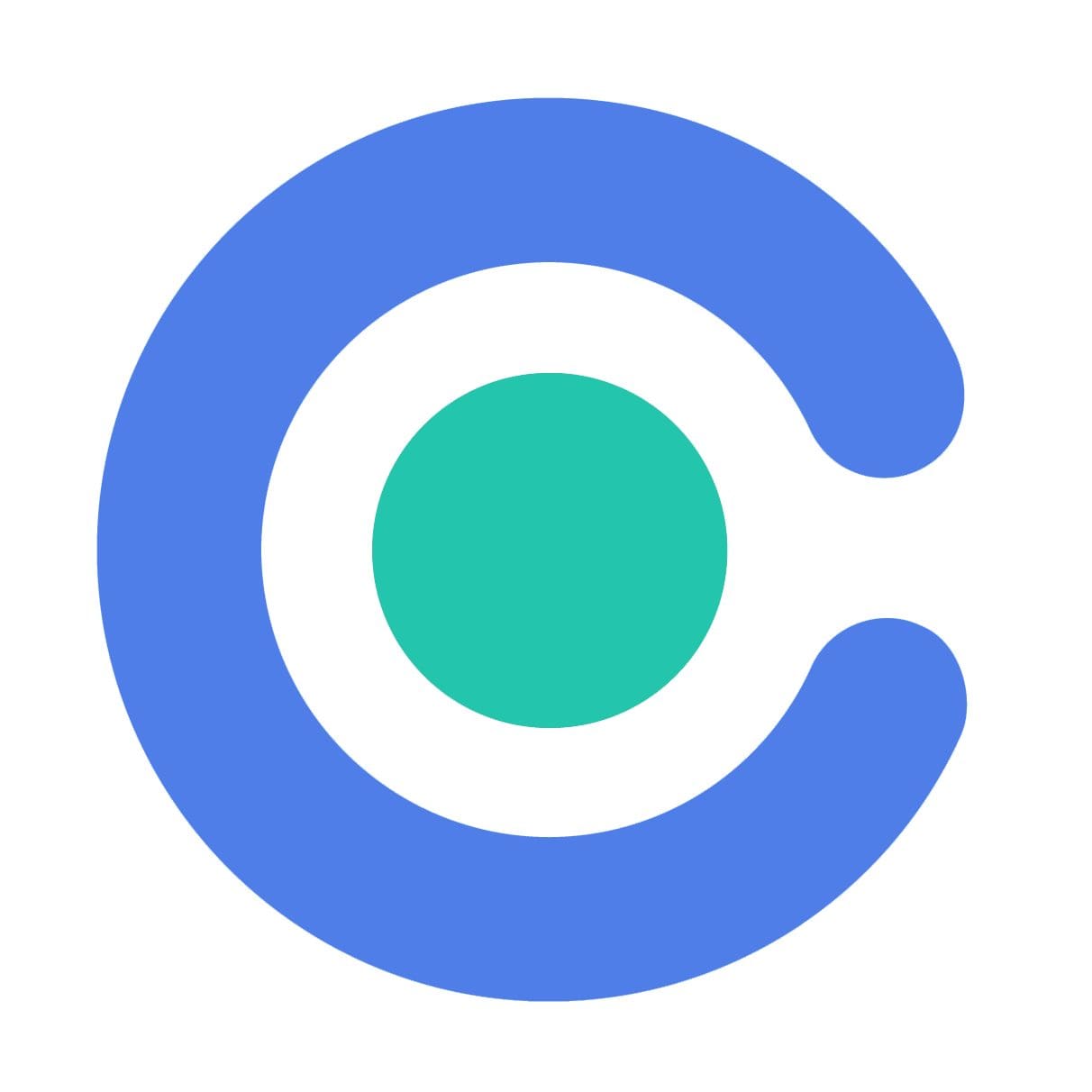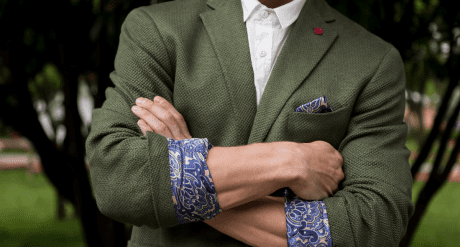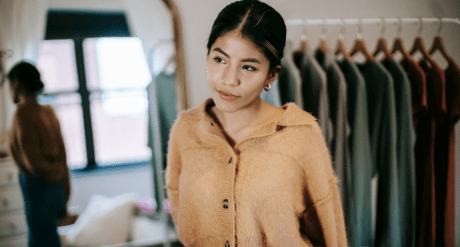
A Cut Ahead: Trending Textiles & Labeling Regulations In July 2024

The textiles regulatory environment is ever-changing, especially considering chemical, labeling, and extended producer responsibility (EPR) issues that the industry faces today. With a 26% growth in textile regulations since 2020, its more important than ever to stay ahead of changing regulatory requirements.
To help you stay a cut ahead, we gather some of the most interesting recent inquiries from Compliance & Risks customers around trending textile labeling regulations across the world.
Q1) What are the labeling requirements for sunglasses in Japan?
Labeling requirements for sunglasses are outlined in the Miscellaneous Manufactured Goods Quality Labeling Regulation.
As prescribed by appended Table 1, sunglasses (with the exclusion of those with corrective lenses) must bear information on:
- Product name;
- Lens materials;
- Frame materials;
- Visible light transmission;
- Ultraviolet ray transmission;
- Precautions for use.
Further information on the each of the above items is provided as follows:
- Product name could be “sunglasses”, “polarized sunglasses” or “fashion glasses”. Definitions and testing methods for each are set out in Tables 1 and 2.
- When indicating the lens materials, the term “glass” or “plastic” shall be used according to the type of lens material used in the sunglasses. In addition, for polished lenses, reinforced lenses, or coated surface lenses , this shall be indicated in parentheses after the indication of the type of lens materials.
- When indicating the frame materials, the name of the material mainly used for each frame and temple, and particularly when the materials used correspond to “plastic”, “celluloid”, “nickel alloys” and “aluminum”, they must be indicated. For frames that have been painted, plated etc. these coatings must be indicated in parentheses after the material of the frame.
- When indicating the visible light transmission and the ultraviolet ray transmission, the values to be indicated are those measured in accordance with JIS T8141.
- When displaying precautions for use, the following must be indicated:
- That when wearing sunglasses through the reinforced glass such as car windshield, interference colors due to glass distortion may be visible (applies to polarized glasses only).
- Do not place in a high temperature location or store with metal that may scratch the product.
- Do not wear glasses for long periods of time (applies to fashion glasses only).
The label must include the name and address or telephone number of the labeler (meaning the manufacturer, the seller, or the labeling contractor commissioned by the manufacturer or the seller).
The information shall be clearly indicated on each pair of sunglasses in a place that is easily visible to consumers. However, the labeling of precautions for use shall be in a way that cannot be easily removed from the product, such as by attaching a tag or label.
Q2) In Hong Kong, is the labeling “contains non textile parts of animal origin” legally required?
Hong Kong does not have a textile labeling regulation similar to the EU.
Regarding product information, their Trade Descriptions Ordinance, prohibits false trade descriptions, false, misleading or incomplete information. Trade description means an indication, direct or indirect, and by whatever means given, with respect to the goods or any part of the goods including an indication of matters which include, but are not limited to:
- Quantity (which includes length, width, height, area, volume, capacity, weight and number), size or gauge;
- Method of manufacture, production, processing or reconditioning;
- Composition;
- Compliance with a standard specified or recognized by any person;
- Testing by any person and results thereof; and
- Approval by any person or conformity with a type approved by any person.
Q3) Is it possible to use reused down in textiles products in South Korea?
According to Article 7.1.3 of Notice No. 2024-27 it is possible to use reused down. If reused down is used, the composition mix ratio should be categorized in the same manner as new down, meaning that the composition mix ratio must be indicated in percentages (%) and categorized as down, feathers and composition fibers. Also, the phrase “reused down is used” must be indicated.
Meet Our Experts

Global Regulatory Compliance Team
Our team of experts will elevate your strategic edge by addressing questions about laws and regulations. Fluent in almost 30 languages and backed by an extensive database of 90,000+ sources, our experts bring unparalleled knowledge to the table. Moreover, our expert team is dedicated to educating your organization, fostering better engagement, and ensuring your compliance and risk management strategies are second to none. With our team of seasoned professionals by your side, you’ll gain a competitive edge in navigating the complex landscape of compliance management, gaining deeper insights and valuable guidance
ESG Regulations For A Sustainable Fashion Industry
Get critical insights into the implications of recent and upcoming ESG disclosures and product sustainability requirements for the fashion industry in our on-demand webinar


